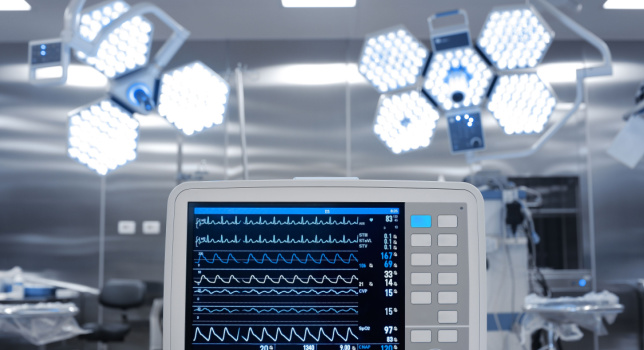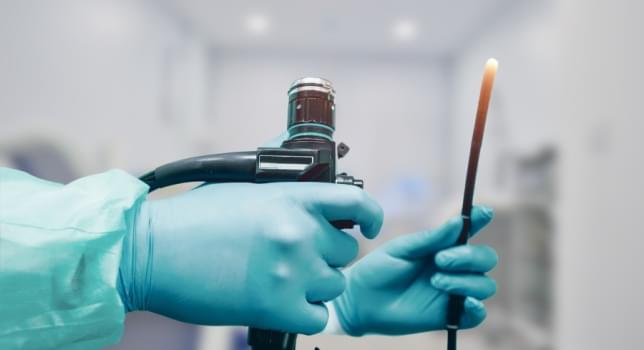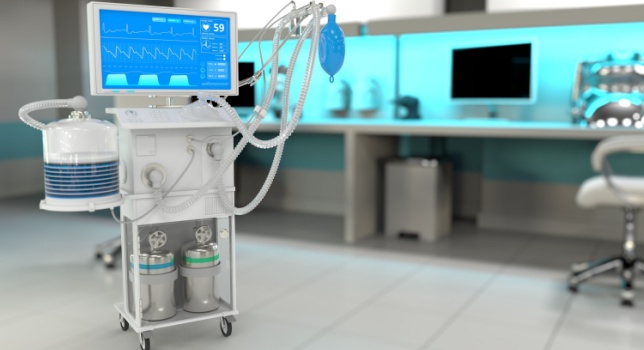Medical device manufacturing is inherently high-stakes, where the smallest error can have serious consequences for patient safety. That's why adherence to standards like ISO 13485 is so critical for organizations involved in the design, production, and distribution of medical devices. One of the core aspects of ISO 13485 is risk management, a systematic approach to identifying, evaluating, and controlling risks throughout the entire product life-cycle.
This article explores the vital role that risk management plays in ISO 13485 compliance, providing insights into its application and key considerations for medical device manufacturers.
What is ISO 13485?
ISO 13485 is an internationally recognized standard that specifies the requirements for a Quality Management System (QMS) specific to the medical device industry. It ensures that medical devices consistently meet customer and regulatory requirements throughout their lifecycle—from design and development to production and post-market activities.
Given the sensitivity of medical devices, ISO 13485 places a heavy emphasis on quality, safety, and reliability. Risk management is central to achieving these objectives, as it enables organizations to proactively address potential issues that could compromise device safety or quality.
Why Risk Management is Core to ISO 13485
ISO 13485 outlines that risk management must be woven into every phase of medical device planning, production, and maintenance. But why is this integration so critical?
1. Patient Safety Above All Else
The primary goal of risk management within ISO 13485 is to minimize harm to end users. Devices used in healthcare settings have a direct impact on patient lives. Implementing robust risk assessment practices ensures that all potential hazards are identified and mitigated well before they can cause harm.
2. Regulatory Compliance and Reduced Liability
Compliance with ISO 13485 often overlaps with regulatory requirements laid out by authorities like the FDA or the European Commission (EC). Adhering to risk management principles not only supports compliance but also protects your organization from legal liabilities stemming from safety incidents.
3. Enhanced Product Quality
Implementing risk management enables manufacturers to identify weak points in their processes that could lead to quality slips. Addressing these issues proactively results in higher-quality products that meet customer expectations.
4. Competitive Advantage
Markets are becoming increasingly competitive, with buyers and regulators alike seeking confidence in product reliability. A robust risk management system aligned with ISO 13485 builds your reputation as a trustworthy manufacturer, giving your products a clear advantage.
How Risk Management is Embedded in ISO 13485 Standards
To fully appreciate the role of risk management in ISO 13485, it is essential to understand how the standard mandates its integration across various stages of the product lifecycle. Here's a closer look:
1. Risk Management in Design and Development
ISO 14971, a standard closely linked to ISO 13485, provides guidance on risk management principles specific to medical devices. During the design and development phases, manufacturers are required to:
- Identify possible hazards related to device use.
- Assess risk severity and likelihood using pre-defined evaluation methods.
- Document risk controls and ensure that residual risks are acceptable.
For example, a developer creating an insulin delivery pump might assess risks related to incorrect dosage, identifying failure modes and implementing safeguards such as automated alerts.
2. Risk Management During Production
ISO 13485 emphasizes the importance of bringing risk management practices into manufacturing and assembly. This includes:
- Performing Regular Inspections and Process Validation
Ensure each process in the production line consistently manufactures products that meet predetermined specifications.
- Monitoring Supplier Performance
Risk management extends beyond internal processes to cover materials sourced from suppliers. Evaluating supplier reliability minimizes the risk of defective components entering the production line.
For instance, a manufacturer of surgical sutures must verify that raw materials provided by their supplier meet stringent quality standards to avoid compromising the final product.
3. Risk Management in Distribution and Post-Market Surveillance
Risk doesn't end once products leave the factory floor. ISO 13485 also requires organizations to employ post-market surveillance and evaluate risks tied to the distribution and use of medical devices. Key practices include:
- Implementing Field Corrective Actions (FCAs): If device risks are identified post-distribution, organizations must act swiftly, providing recalls or adjustments as necessary.
- Analyzing Customer Feedback and Complaints: Collecting and reviewing user feedback helps identify potential risks that may not have been apparent during pre-market evaluations.
Tools and Techniques for Risk Management in ISO 13485
To build an effective risk management framework, organizations must leverage a variety of tools and methodologies. Below are some common techniques recognized under the standard:
- Failure Mode and Effects Analysis (FMEA): Identifies potential failure modes, the likelihood of occurrence, and their potential impacts.
- Fault Tree Analysis (FTA): Evaluates the probability of undesirable events by analyzing sequences of faults.
- Hazard Analysis: A systematic method for identifying all possible hazards associated with a medical device.
- Risk Management Plans: ISO 13485 requires documented evidence of risk monitoring, evaluation, and control plans for each product.
The consistent use of these tools ensures a proactive approach to both product and process risks.
Achieving ISO 13485 Compliance with Risk Management
Training Staff
Effective implementation of ISO 13485 hinges on informed, competent personnel. Regular training sessions on risk management tools and compliance requirements ensure everyone in the organization understands their responsibilities.
Leveraging Technology
Advanced risk management software solutions can streamline the compliance process by providing automated tracking, analysis, and reporting. These platforms often include built-in risk mitigation strategies, making compliance easier and more efficient.
Continuous Improvement through Audits
Regular quality audits help you stay on top of new risks, evolving standards, and operational inefficiencies. This feedback mechanism allows for continual refinement of your risk management practices.
Taking the Next Step
Given the critical role risk management plays in ISO 13485 certification, organizations must view it not as a regulatory formality but as an investment in product quality and patient safety. The integration of thorough risk management processes can not only ensure compliance with ISO 13485 but also enhance your competitive positioning in the medical device industry.
Want to streamline your compliance process? Explore what ISO 13485 certification looks like for your organization, request a quote, today!





